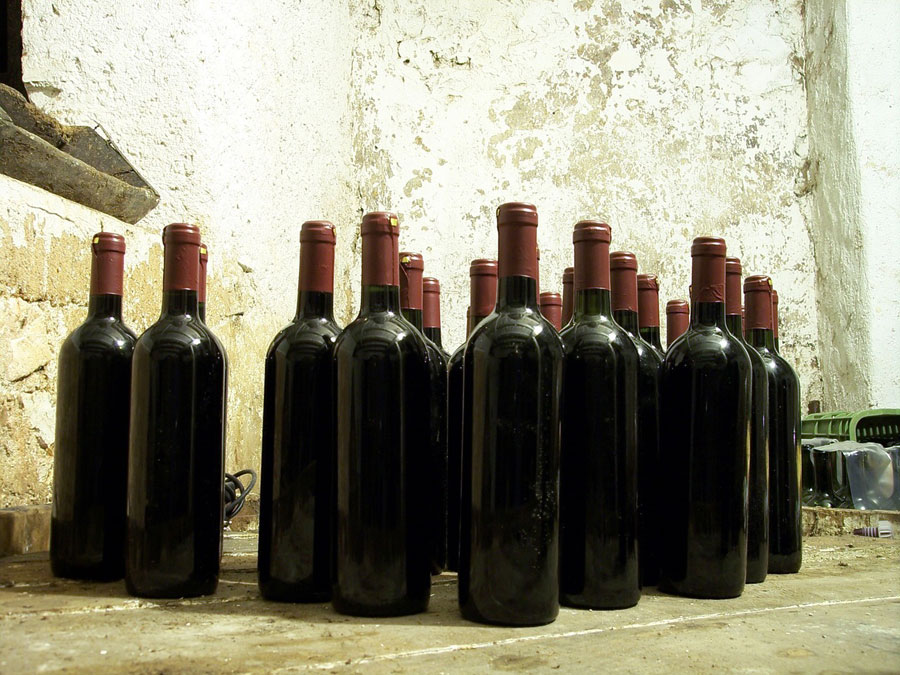Italian wine exports continue to show a positive trend in the first months of 2024, with an increase of 9.5% compared to the same period of 2023, reaching a value of 1.14 billion euros and a volume of 297.6 million of liters (8.2%).
Performance of the Italian Wine Market
In 2024, the Italian wine market has experienced significant changes. Exports have been crucial to the Italian economy, with traditional markets such as the United States, Switzerland, Canada and Russia seeing significant increases. Italian wineries have adapted their marketing and distribution strategies, investing in targeted campaigns and local collaborations, while maintaining a strong commitment to the domestic market.
Exports on the rise
January saw a 14% increase in Italian wine exports compared to the previous month, with a value of 539 million euros. The American market showed an above-average performance, especially for still wines. Exports to Switzerland, Canada and Russia also increased, with sparkling wines, particularly Prosecco, recording a 17% increase in the month.
Consumer Trends
In the first quarter of 2024, sales in large-scale distribution showed a slight improvement compared to the end of 2023. Although 0.75 liter bottles recorded a decrease of 2.2%, sparkling wines saw a growth of 3.8 %, driven by Prosecco. White wines and sparkling wines are gaining ground on red wines, while rosé wine consumption is increasing, although it still represents a small market share.
Prospects for the Future
The outlook for the rest of 2024 indicates a moderate recovery, with a gradual improvement in sales. Wineries’ strategies could include controlled price increases and aggressive promotions. Communication and innovation will be fundamental to attract new generations of consumers, who are increasingly attentive to green attributes and low alcohol content.
Contribution from the Regions
The central-northern regions, in particular Veneto, Emilia-Romagna and Tuscany, led the growth in exports in the first three months of 2024. Veneto recorded 663 million euros in exports, with a growth of 5.7% compared to to 2023. Tuscany (5.1%) and Emilia-Romagna (10.8%) also showed positive performances. However, other regions such as Piedmont, Lombardy, Friuli Venezia Giulia and Sicily recorded declines in exports.
Federalimentare declarations
Paolo Mascarino, president of Federalimentare, highlighted that Italian wine continues to drive Made in Italy around the world. The agri-food sector recorded an increase of 2% in Italy and 12% in exports in the first half of 2024. However, geopolitical tensions and changes in consumption represent challenges for the future.
The Italian wine market shows signs of recovery, but uncertainties remain linked to changes in consumption and geopolitical tensions. Exports continue to grow, supported by marketing and innovation strategies, but it is necessary to carefully monitor the evolution of the domestic and international market.

